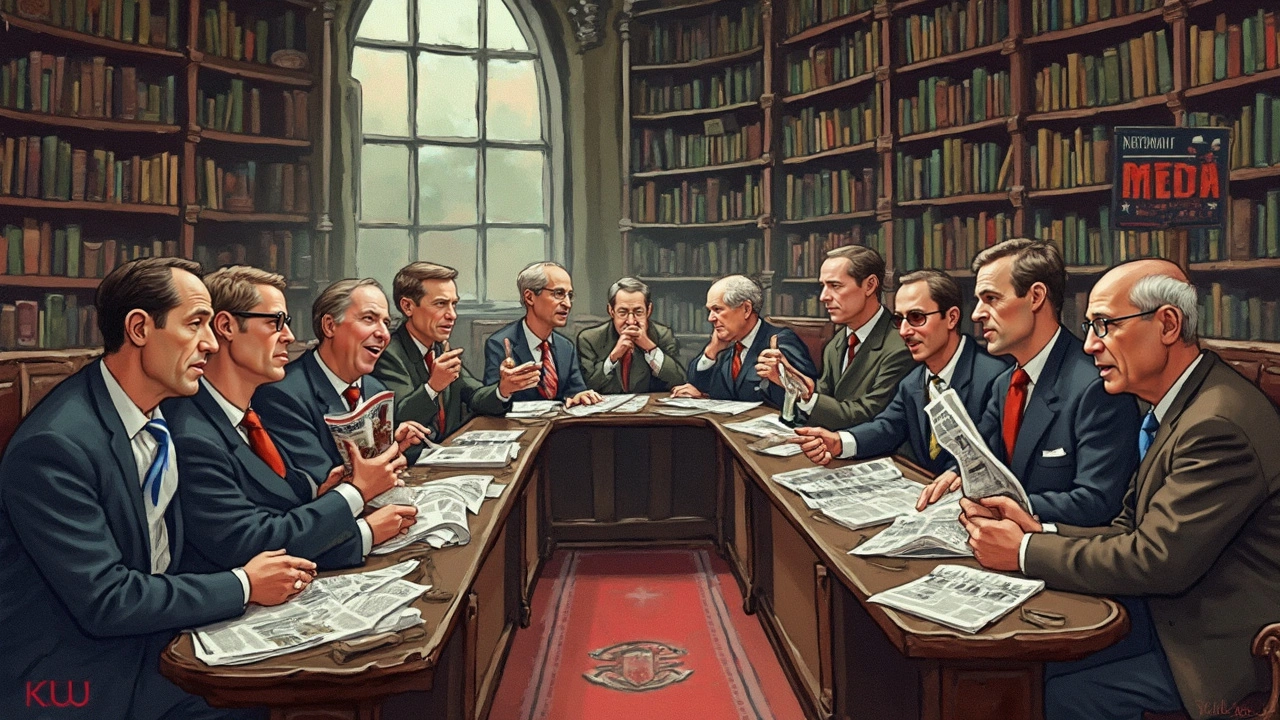Political Alignment in UK Media – What It Means for You
Ever wonder why the same story looks different in the Financial Times versus the Wall Street Journal? That’s political alignment at work. It’s the editorial tilt that shapes headlines, word choice, and which facts get highlighted. Knowing a outlet’s leaning helps you separate facts from spin and make smarter decisions about what you read.
Spotting the Lean: Left, Right, or Centre?
Most UK papers fall into a clear camp. The Guardian and The Independent tend to push progressive, left‑of‑centre ideas, while The Daily Telegraph and The Sun are more conservative. The Financial Times sits somewhere in the centre‑right, focusing on business and market angles. When you open a site, check the tone of opinion pieces and the language around policy – it’s a quick clue to the paper’s political alignment.
Why Alignment Matters for Everyday Readers
Political alignment influences the stories that get front‑page space, the experts chosen for commentary, and even the adjectives used to describe politicians. A left‑leaning outlet might call a tax cut a "boost for workers," while a right‑leaning one could call the same measure "a relief for businesses." Understanding this helps you spot bias, compare multiple sources, and build a fuller picture of any issue.
Here’s a practical tip: pick two sources from opposite sides and read the same story side by side. Notice what’s included, what’s left out, and how the framing changes. This habit trains you to spot bias without feeling overwhelmed.
Another common misconception is that digital platforms are neutral. Google News UK, for example, aggregates headlines but still reflects the political alignment of its source feeds. The algorithm may prioritize popular stories, which often come from the biggest, most partisan outlets. So, even on a news aggregator, checking the original publisher’s lean is worthwhile.
Media ownership also plays a role. The Guardian is owned by the Scott Trust, which enforces editorial independence, while other papers are part of larger conglomerates that may have political interests. Knowing who holds the purse strings can give insight into why certain perspectives dominate.
Finally, remember that alignment isn’t static. Newspapers can shift over time, especially as new editors take the helm or as ownership changes. Keep an eye on editorial mission statements and recent coverage trends to stay updated.
In short, political alignment isn’t a secret code – it’s a clear, observable pattern in language, story choice, and tone. By recognizing it, you become a sharper reader, less likely to be swayed by unchecked bias. Use the simple steps above, and you’ll turn the daily news rush into a more informed, balanced experience.

Is CNN Democratic or Republican Leaning? Explore 8 Alternatives
In a world where media bias is often scrutinized, exploring alternatives to questions about CNN's political alignment is essential. This article delves into eight options that offer different angles on assessing CNN's coverage, each with unique advantages and drawbacks. From evaluating narrative similarities with major political parties to considering third-party oversight, this guide helps readers understand the complex landscape of media assessment. Read on for a comprehensive breakdown of each alternative's pros and cons, presented in an easy-to-digest format for informed news consumption.
READ MORE